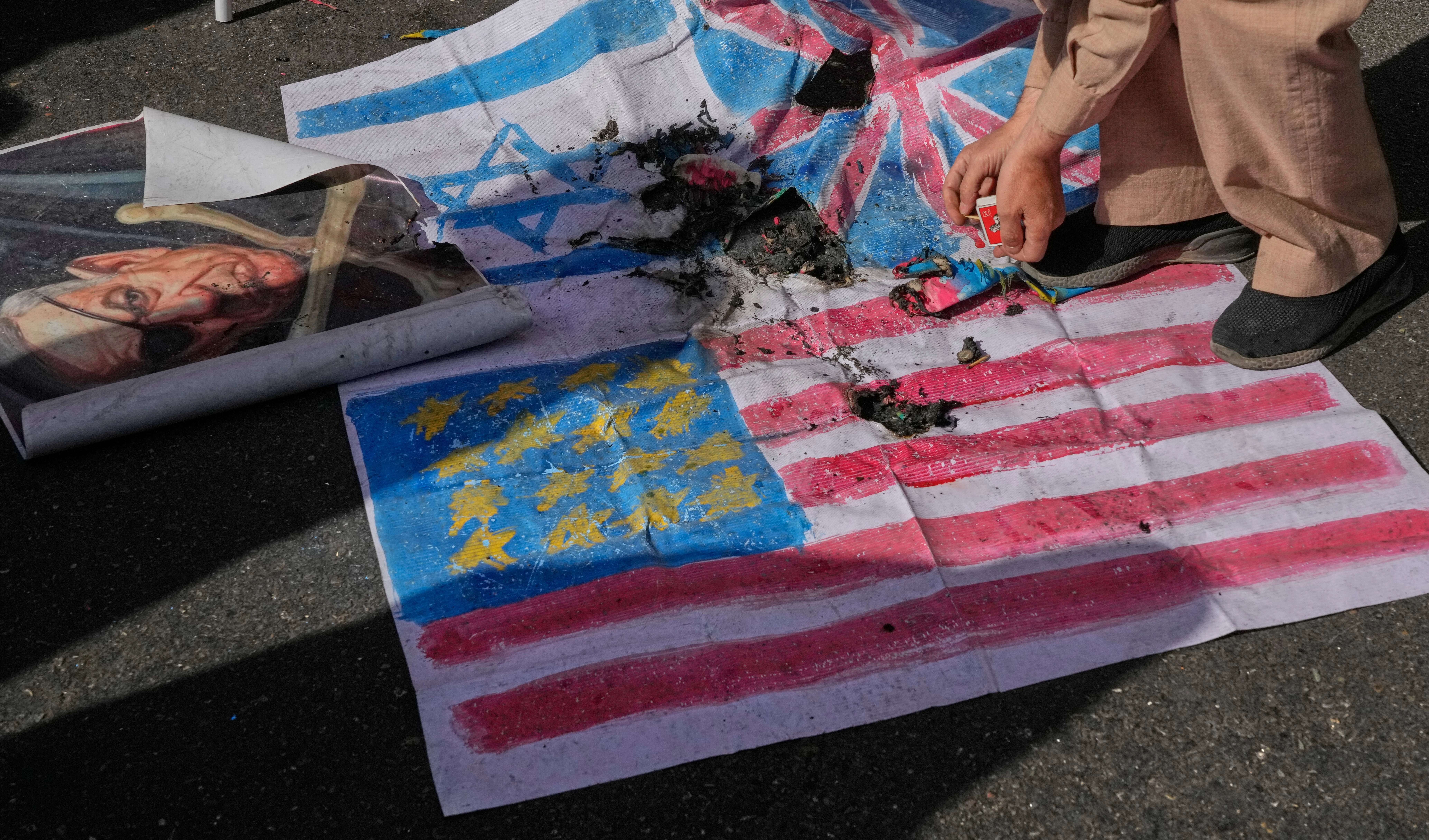EU weighs risky plan to fund Ukraine using frozen Russian assets: NYT
Facing a funding gap for Ukraine, the EU debates a controversial plan to use frozen Russian assets as collateral for a major financial aid package.
-

Ukraine's President Volodymyr Zelensky, left, and European Council President Antonio Costa arrive for an EU Summit at the European Council building in Brussels, Thursday, October 23, 2025. (AP)
The European Union is urgently developing a plan to sustain financial and military aid to Ukraine as US support continues to decline and Kiev’s funding needs grow more acute, The New York Times reported.
EU leaders are set to meet in Brussels on Thursday to debate a politically sensitive proposal focused on Russian state assets frozen since the beginning of the war in Ukraine.
A draft plan by the European Commission outlines using these frozen assets as collateral for a €140 billion ($163 billion) loan to Ukraine. The upcoming summit aims to decide whether to move forward with formalizing the initiative, a process that could take several months.
Referred to by officials as a “reparations loan,” the plan seeks to bridge the growing funding gap, but it carries significant risks, from potential Russian retaliation to concerns over undermining Europe’s standing as a trusted financial center, The New York Times argued.
How the plan would work
The proposal hinges on using frozen Russian government assets held by Euroclear, a major financial institution based in Belgium. The EU already transfers to Ukraine the interest generated from those deposits, which amounted to around $8 billion last year.
Under the new approach, Euroclear would effectively transfer control of those frozen assets to the EU, which would then use them as backing for a large-scale loan to Kiev. Ukraine would only be obligated to repay the funds if it later received reparations from Russia.
While the plan aims to sidestep legal hurdles, it remains a political gamble, as per the piece. European officials argue that the money would not technically be confiscated but borrowed against, meaning Moscow could, in theory, recover it in the future. Nevertheless, the Kremlin has condemned the idea. A spokesperson recently warned, “We are talking about theft,” and threatened legal action against anyone involved.
Belgium, home to Euroclear, has voiced particular concern about potential legal and financial repercussions and insists that any fallout must be shared among EU partners.
Concerns over global confidence
Critics of the initiative have cautioned that using frozen Russian assets could unsettle other major economies, including China and India, by suggesting that their own reserves might be vulnerable if diplomatic relations with Europe deteriorate.
European officials have dismissed those concerns. “If you don’t start a war against another country, then your assets are not at risk,” said Kaja Kallas, the EU’s top diplomat, during a recent trip to Kiev, where she met with Ukrainian President Volodymyr Zelensky to discuss the country’s dire budgetary situation.
Kallas and other EU leaders argue that the risks are outweighed by necessity. Ukraine faces not only ongoing war costs but also a widening fiscal shortfall.
Funding gap as US aid wanes
Since the war began, US assistance has been critical to Kiev’s survival. Between 2022 and late 2024, the Biden administration and Congress approved roughly $174 billion in aid. But since President Donald Trump took office, US military support has declined sharply, according to the Kiel Institute, with almost no new funding in recent months.
Although European nations have contributed heavily to Ukraine’s defense, they face their own budgetary pressures and are struggling to fill the funding gap left by Washington’s retreat. A loan backed by frozen Russian assets could, in theory, help bridge that shortfall, though the specifics remain unresolved.
Open questions and divisions
Key issues still need to be worked out. One major question is how the loan funds would be used. Germany and several other countries want the money directed primarily toward weapons procurement, while Zelensky has suggested that it should also cover essential government spending.
Practical and legal uncertainties persist as well. Belgium wants EU nations to provide collective guarantees to mitigate its exposure, but it remains unclear whether all 27 members would participate, or what form such guarantees would take.
Moreover, Belgium hopes to secure backing from the broader Group of Seven (G7), though Washington’s stance remains uncertain. Another challenge lies in maintaining the freeze itself: under current EU rules, the measure must be renewed periodically, meaning a single Russia-friendly member, such as Hungary, could disrupt the process by blocking an extension.

 4 Min Read
4 Min Read











